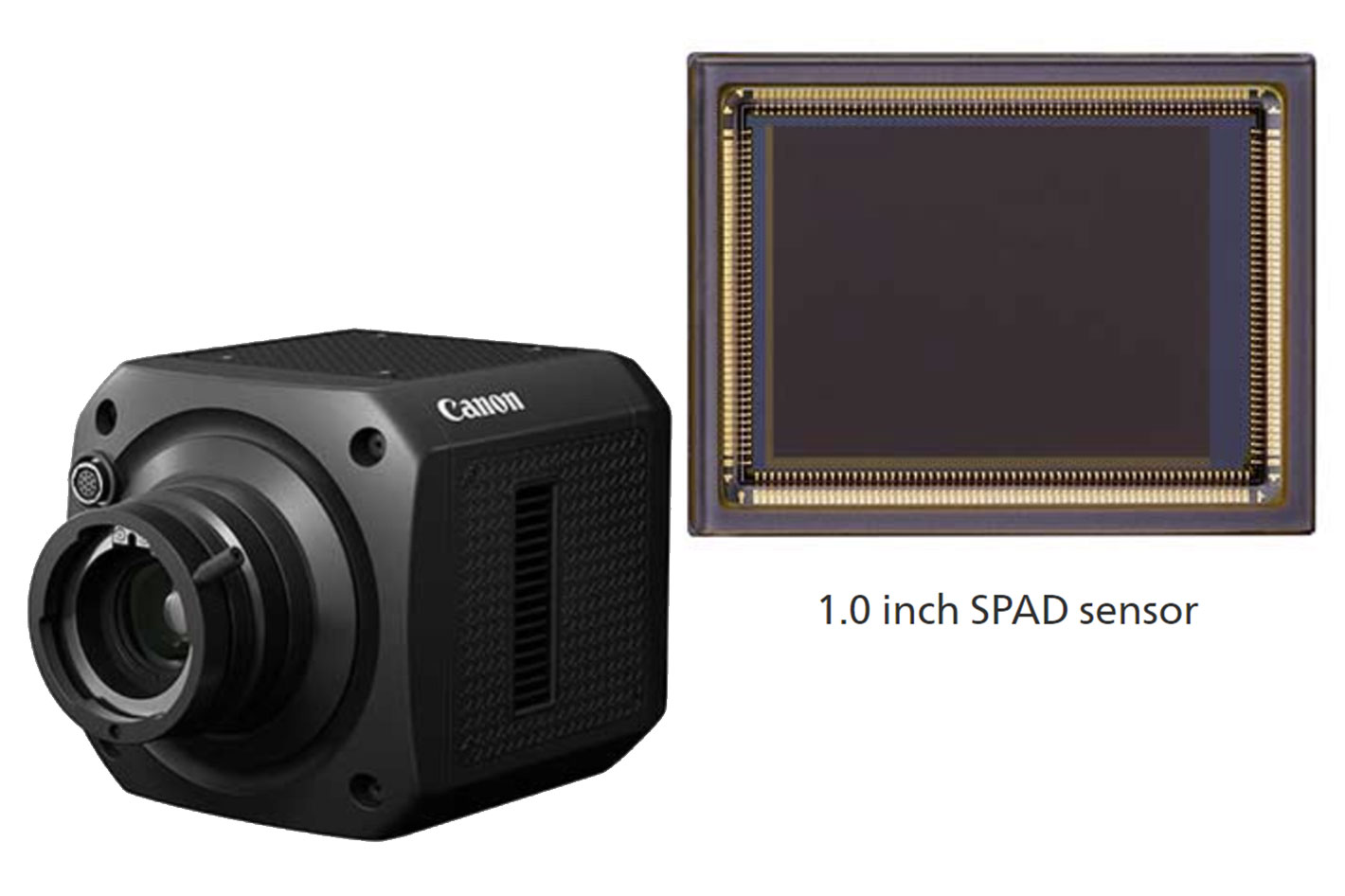
It’s not a Cinema EOS camera, but it is designed to use broadcast lenses that feature high performance at telephoto-range focal lengths with its unique SPAD sensor, a mix that takes the MS-500 a step further than previous models. Canon announced development of what the company says is the world-first ultra-high-sensitivity ILC equipped with a SPAD sensor, supporting precise monitoring through clear color image capture of subjects several kilometers away, even in darkness.
The Canon MS-500 is not designed for cinematographers, but for monitoring tasks. There is a growing need for high-precision monitoring systems for use in such environments as national borders, seaports, airports, train stations, power plants and other key infrastructure facilities, in order to quickly identify targets even under adverse conditions including darkness in which human eyes cannot see, and from long distances.
With CMOS sensors, which are commonly used in conventional modern digital cameras, each pixel measures the amount of light that reaches the pixel within a given time. However, the readout of the accumulated electronic charge contains electronic noise, which diminishes image quality, due to the process by which accumulated light is measured. This leads to degradation of the resulting image, particularly when used in low-light environments.
SPAD sensors, meanwhile, employ a technology known as “photon counting”, in which light particles (photons) that enter each individual pixel are counted. When even a single photon enters a pixel, it is instantly amplified approximately 1 million times and output as an electrical signal. Every single one of these photons can be digitally counted, thus making possible zero-noise during signal readout—a key advantage of SPAD sensors. Because of this technological advantage, the MS-500 is able to operate even under nighttime environments with no ambient starlight, and is also capable of accurately detecting subjects with minimal illumination and capture clear color images.
The SPAD sensor newly developed by Canon employs a proprietary pixel architecture that reflects photons inside the pixel in order to effectively detect photons across the entire range of effective pixels. Under equivalent light, this SPAD sensor can capture the same images as a conventional CMOS sensor while requiring only 1/10 of imaging area. This makes possible an ultra-small design that can be installed even in small devices and greatly increases sensitivity. By equipping cameras designed for low-light and monitoring applications with this new SPAD sensor, even video footage of low-light environments can be viewed as if it were recorded in bright areas, enabling identification of subject movement as though viewing with the naked eye in well-lit environments.
The 1.0 inch Single Photon Avalanche Diode (SPAD) sensor used in the MS-500 will not win the resolution competition, despite having the world’s highest pixel count for this type of sensor… 3.2 megapixels (from which only 2.1 million pixels are effectively used), but it offers advantages that make one wish there was a way to transfer that technology to conventional cameras.
The MS-500 employs the bayonet lens mount (based on BTA S-1005B standards) which is widely used in the broadcast lens industry. This enables the camera to be used with Canon’s extensive range of broadcast lenses which feature superb optical performance. As a result, Canon says again, “the camera is able to recognize and capture subjects that are several km away.”
The company believes that due to the characteristics of the SPAD sensor – especially temporal resolution and high sensitivity – the technology may be used in the process of obtaining high-speed, high-precision 3D special information for such applications as distance measurement for automated vehicles, Augmented Reality (AR), Virtual Reality (VR) and Mixed Reality (MR).
Going forward, Canon will continue to pursue R&D and create products capable of surpassing the limits of the human eye while contributing to the safety and security of society by leveraging its long history of comprehensive imaging technologies that include optics, sensors, image processing and image analysis.
The MS-500 will be displayed as a reference exhibit at the Canon booth during the 2023 NAB Show for broadcast and filmmaking equipment, to be held in Las Vegas from Saturday, April 15 to Wednesday, April 19.
